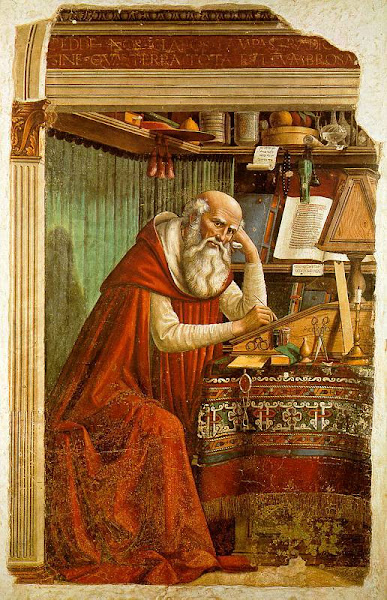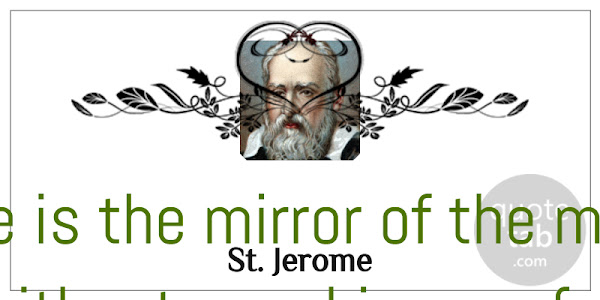This is an accurate photographic copy of a two-dimensional piece of art that is in the public domain. For the following reasons, the work of art is in the public domain: Domain public Fake false public domain This work is in the public domain in its country of origin and in all other nations and places where the author's life plus 100 years or less is the copyright period. Additionally, you must add a tag indicating that this work is in the public domain in the United States. PDM: https://creativecommons.org/publicdomain/mark/1.0/ PDM: https://creativecommons.org/publicdomain/mark/1.0/ False false faithful copies of two-dimensional public domain works of art are public domain under the Creative Commons Public Domain Mark 1.0". Thus, in the United States, this photographic copy is likewise deemed to be in the public domain. In certain areas, re-use of this material may be limited; for further information, see Reuse of PD-Art pictures. The Wikimedia Foundation's stated view is that "". Other countries may limit the re-use of this material;
This book is entirely devoted to sound science and the proper functioning of systems. Science must constantly self-correct and avoid going in the wrong path. This is not the product of a crank, but rather an excellent demonstration of the scientific process at its finest. Science that is sound must constantly consider the basis of its findings; else, the facts become beliefs.
Prior to being called Saint Jerome, he was known as Eusebius Sophronius Hieronymus. He was born in Stridon, Dalmatia, approximately 342 AD. Today, the town would most likely be in Croatia or Slovenia, having ceased to exist during Jerome's time. Aelius Donatus, a great Roman grammarian, tutored the young Jerome. Jerome the young studied Latin and Greek from him. Little more is known about his boyhood other that his parents were most likely prosperous and devout Christians. Despite their best efforts, Jerome acted badly.
Jerome's letters or epistles, both in terms of subject matter and stylistic features, constitute a significant element of his literary legacy. Whether he is debating scholarly issues or debating moral issues, comforting the bereaved or speaking pleasant words to his friends, scourging the vices and corruptions of the time and against sexual immorality among the clergy, exhorting to ascetic life and renunciation of the world, or breaking a lance with his theological opponents, he paints a vivid picture not only of his own mind, but also of the age and its peculiar characteristics. Due to the lack of a clear distinction between personal and public papers, we regularly discover in his letters both intimate communications and treatises intended for recipients other than the one to whom he was writing. [30] As a result of his stay in Rome among affluent families of the Roman upper class, Jerome was regularly commissioned to write to ladies who had made a vow of virginity, advising them on how to conduct their lives. As a consequence, he spent a significant portion of his life communicating with these ladies over certain abstinences and lifestyle habits.

















